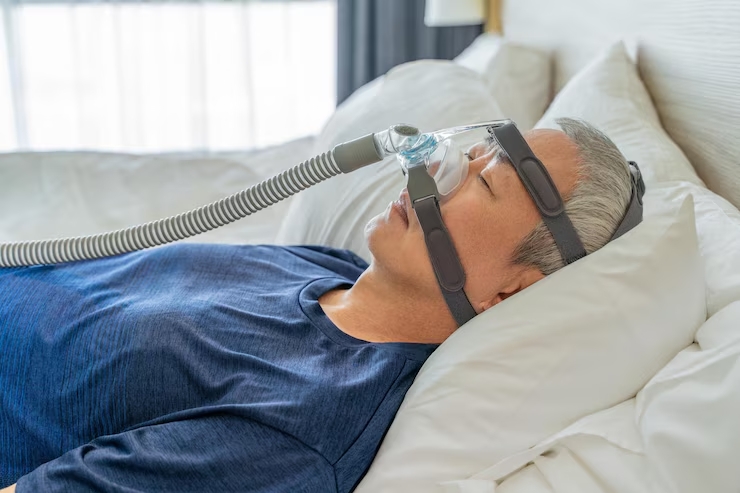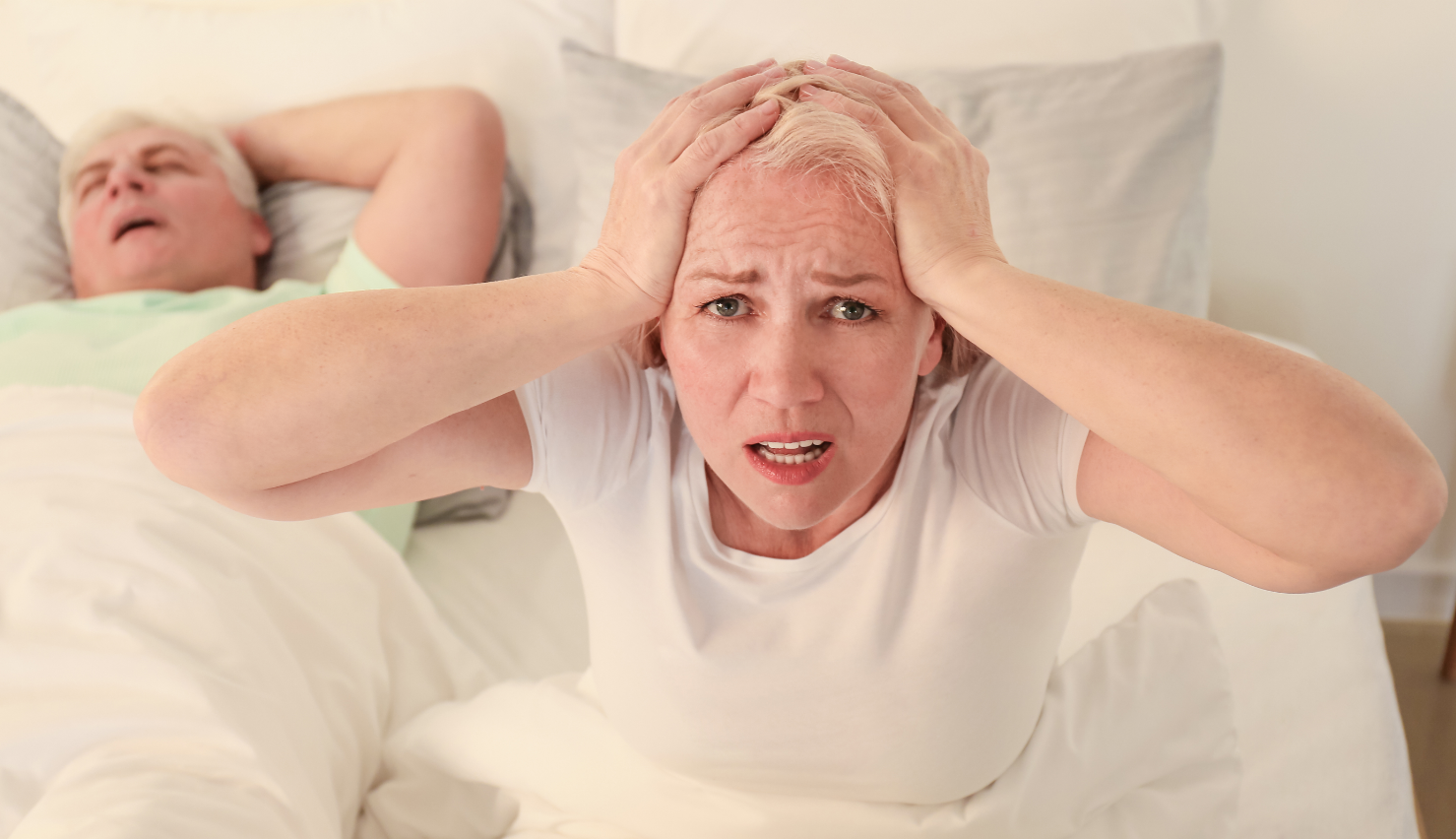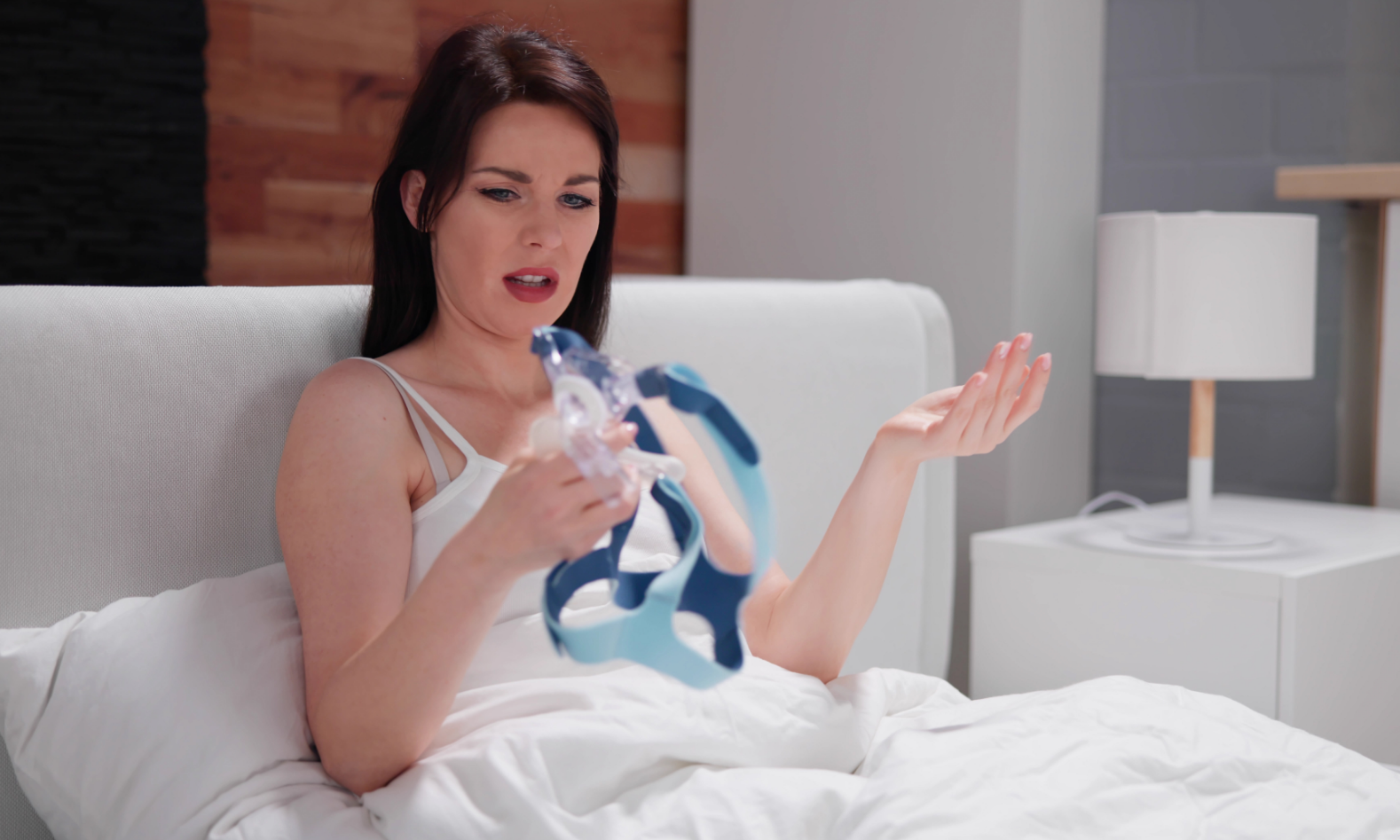Doctors will look at a person’s sleeping patterns to identify sleep apnea. The degree of the disorder will be determined by the count of apnea events logged in an hour. One is said to have mild sleep apnea if they have less than five episodes every hour. Those having more than fifteen episodes an hour are said to have severe sleep apnea.
Those with this disorder are quite likely to get cardiovascular disease. One can die suddenly from the illness. Severe cases of decreases in blood oxygen may set off seizures. If their illness is not managed, those with seizure disorders could get unstable. The disorder can potentially lead to a heart attack and aggravate arrhythmias or angina.
Treatment options for sleep apnea
The mainstay of treatment for sleep apnea is CPAP. A continuous positive airway pressure system supplies air pressure to the airway of the sleeper while she is asleep. This air pressure helps avoid sleep apnea and snoring since it is much higher than surrounding air pressure. While some people find the machine awkward and heavy, most people fit it and soon discover it to be useful.
It is not perfect for everyone, though, and half of the patients who start using CPAP do not stick to it over the long term. Among non-CPAP therapy choices are fitting mouthpieces and lifestyle adjustments. Still, these techniques hardly address intermediate to severe sleep apnea. Other sleep apnea remedies you could apply consist of:
Motive upper airway stimulation tool
A non-surgical approach to sleep apnea is the Inspire upper airway stimulation gadget. The gadget sends gentle stimulations to the hypoglossal nerve to keep the tongue from obstructing the airway. Most patients find the gadget to be well-tolerable and painless. Patients must, nevertheless, utilize the gadget according to particular instructions.
The hypoglossal nerve in the neck: pacing
For those with sleep apnea, pacing the hypoglossal neural circuit in the neck might help to enhance the quality of sleep. This operation involves the implantation of an electrical cuff around the hypoglossal nerve, just as an implanted pacemaker does. The tongue moves forward and the airways open under the electrical stimulation.
It calls for an extensive understanding of hypoglossal nerve branches and neck anatomy. Including the tongue’s branches that retract and extend, this nerve innervates the tongue’s musculature. Anesthesia, sleep study, and hypoglossal nerve stimulation make up the numerous components of the treatment.
Oral appliances
Oral devices can assist treat the reasons for sleep apnea. These devices can assist individuals breathe properly and raise the general standard of their sleep.
Your dentist will design an oral appliance that fits your requirements. Usually, a follow-up visit is required to make sure you are adjusting to the device.
Regarding surgery, what is it?
Should all these other therapies prove insufficient, oral surgery is available. Oral surgery mostly aims to clear tissues and open the airways, facilitating easy breathing during sleep.



